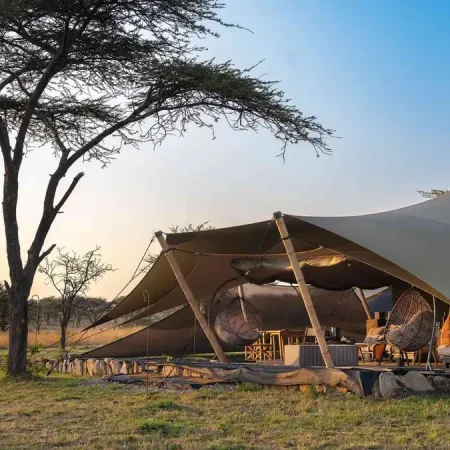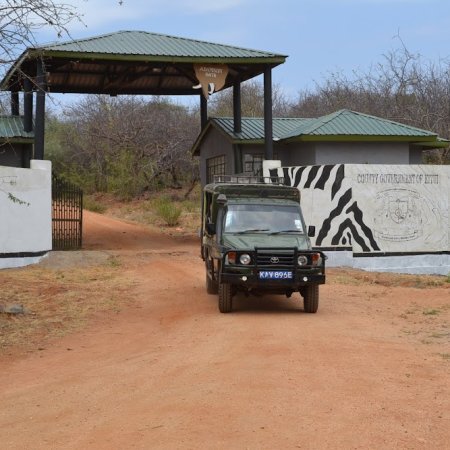Mount Kenya’s Endangered Wildlife: What Safari-Goers Should Know
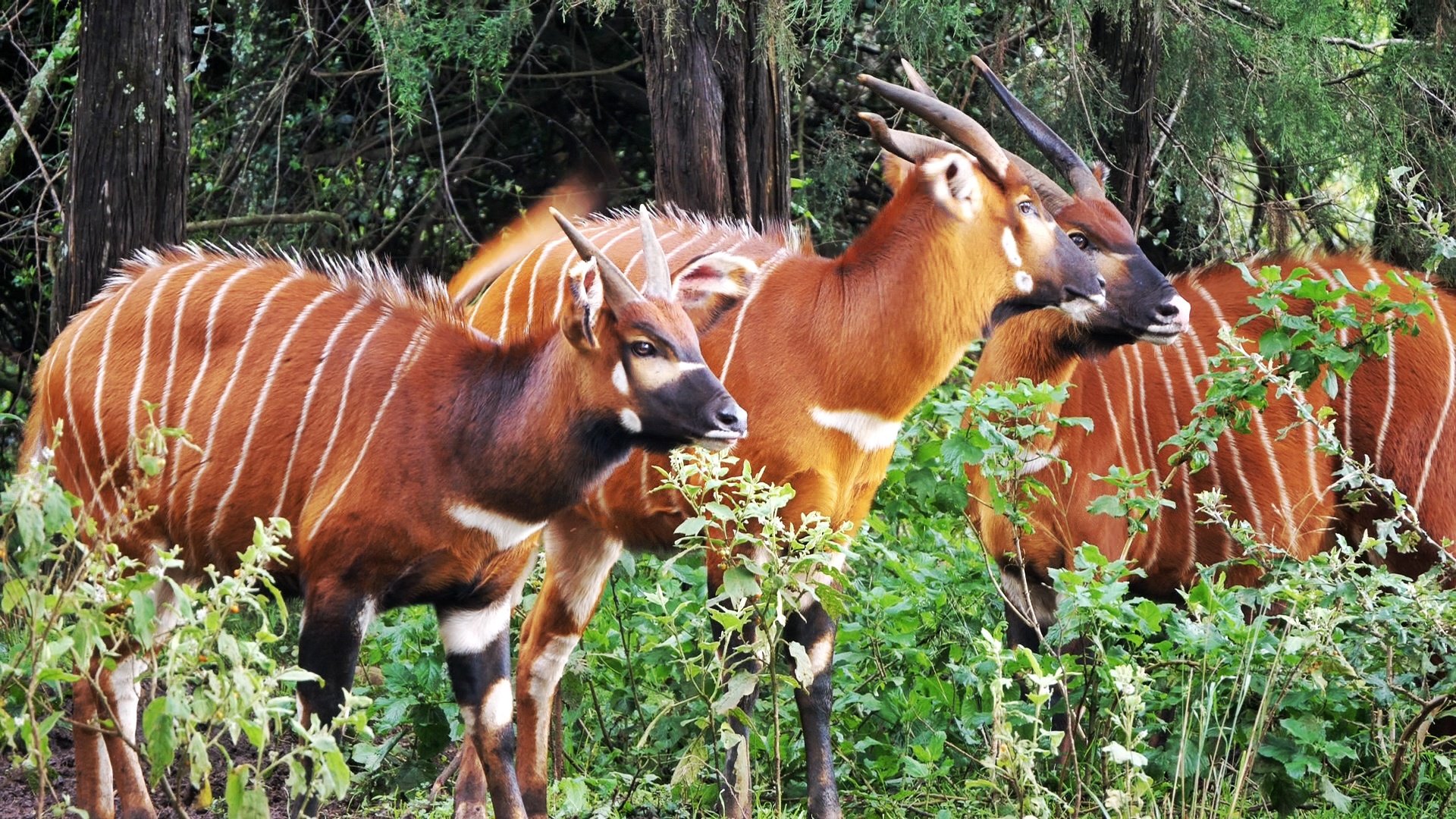
Mount Kenya is not just a breathtaking peak, it’s also a biodiversity hotspot supporting a variety of wildlife, some of which are endangered and rarely seen elsewhere.
For safari-goers and nature lovers, understanding the fragile balance of Mount Kenya’s ecosystems is key to appreciating the full magic of this region. This mountain harbors species that are under threat due to habitat loss, climate change, and human encroachment.
In this blog, we explore some of the most endangered wildlife around Mount Kenya, why they matter, and how your safari can help protect them.
Why Mount Kenya Is a Wildlife Refuge
The mountain’s varied ecosystems, from dense montane forests to bamboo zones and alpine moorlands support a wide range of species. Protected areas like Mount Kenya National Park and nearby conservancies provide refuge for rare animals and birds.
Despite protection, many species remain vulnerable due to:
-
Deforestation
-
Poaching pressures
-
Human-wildlife conflict
-
Climate change impacts
Iconic Endangered Species Around Mount Kenya
1. African Elephant (Loxodonta africana)
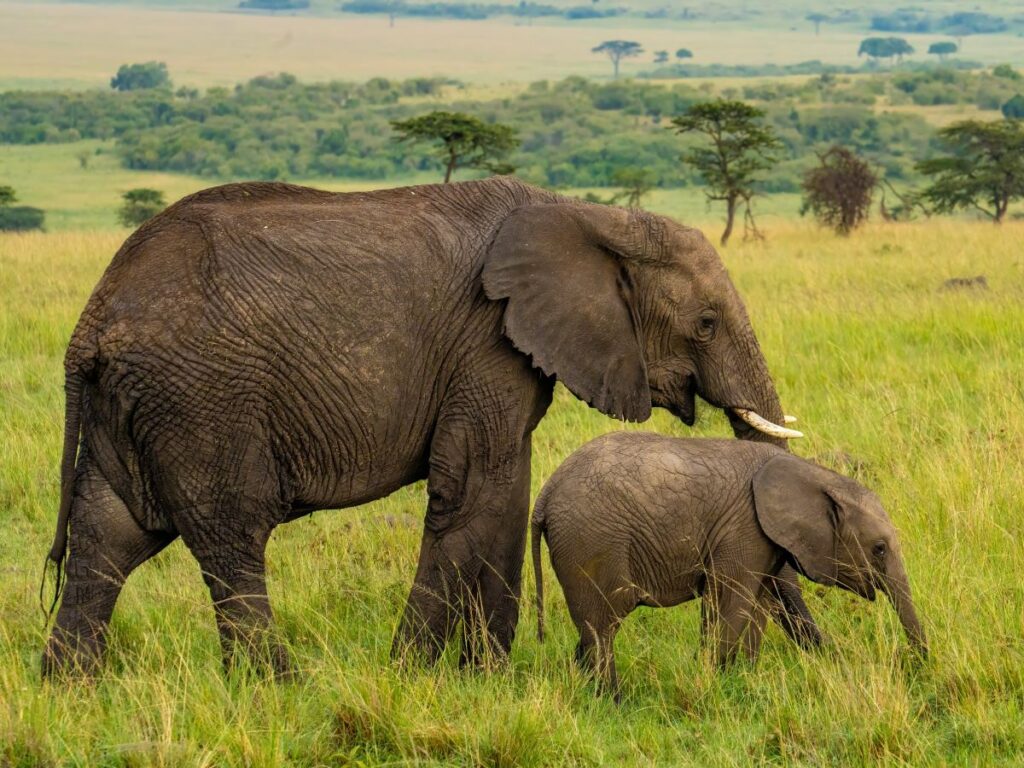
Populations near Mount Kenya face serious threats from poaching for ivory and the loss of their natural habitats. Local conservancies and dedicated anti-poaching units work tirelessly to safeguard these magnificent elephants and ensure their survival for future generations.
2. Black Rhino (Diceros bicornis)
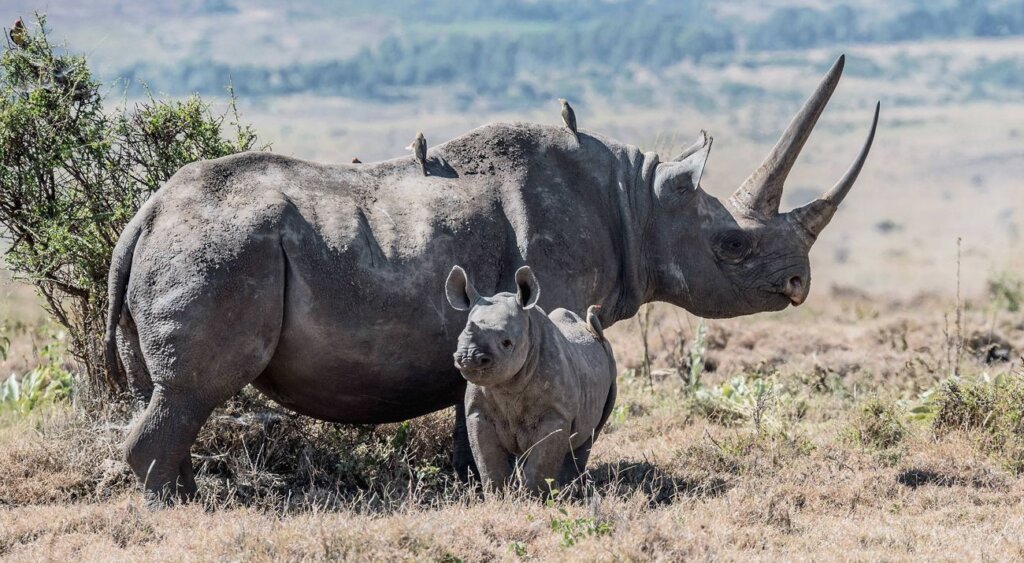
-
Critically endangered, with very few individuals in nearby sanctuaries such as Ol Pejeta Conservancy. These safaris provide visitors with a unique opportunity to observe rare rhinos up close, all while actively supporting crucial conservation efforts to protect and preserve their populations.
3. Mountain Bongo (Tragelaphus eurycerus)

A rare, forest-dwelling antelope, notable for its striking striped fur. Highly elusive and classified as endangered, this species faces significant threats from habitat destruction.
Rare Birds You Might Spot
Mount Kenya is a birder’s paradise, home to several endangered and endemic species:
Aberdare Cisticola: A highly localized bird species, found exclusively in the Mount Kenya and Aberdare ranges, making it a unique sighting for birdwatchers and wildlife enthusiasts.
Jackson’s Francolin: A ground-dwelling bird species currently endangered due to habitat loss, making sightings rare and highly valued by conservationists and birdwatchers alike.
Taita Thrush: A critically endangered bird, found only in isolated forest patches, making it one of the rarest and most sought-after species for birdwatchers and conservationists.
How Safari-Goers Can Help Protect Mount Kenya’s Wildlife
Be a Responsible Traveler:
-
Follow park rules and never disturb animals or their habitats
-
Use authorized guides and tours to support local conservation economies
-
Avoid buying souvenirs made from animal products
-
Support community-based conservation projects
Support Local Conservation Initiatives:
-
Join guided wildlife tracking experiences that fund anti-poaching
-
Donate or volunteer with organizations protecting Mount Kenya’s endangered species
-
Educate others about the importance of biodiversity in this region
Where to Experience Endangered Wildlife Safely
-
Mount Kenya National Park offers stunning trekking with occasional wildlife sightings
-
Nearby Ol Pejeta Conservancy is one of the best places to see black rhinos and elephants
-
Meru National Park, a bit further east, has diverse wildlife populations and fewer tourists
Cross Wild Safaris: Your Partner in Wildlife Conservation
At Cross Wild Safaris, we’re passionate about preserving Mount Kenya’s natural heritage. Our eco-friendly safari packages are designed to minimize impact while maximizing conservation support.
By traveling with us, you’re contributing directly to:
-
Anti-poaching efforts
-
Community education programs
-
Habitat restoration projects
Ready to Explore Mount Kenya’s Wildlife?
Contact us today to plan your responsible wildlife safari and witness some of Africa’s most endangered species in their natural habitat.
Protect the wild, experience the magic; join us in safeguarding Mount Kenya’s precious ecosystems.

